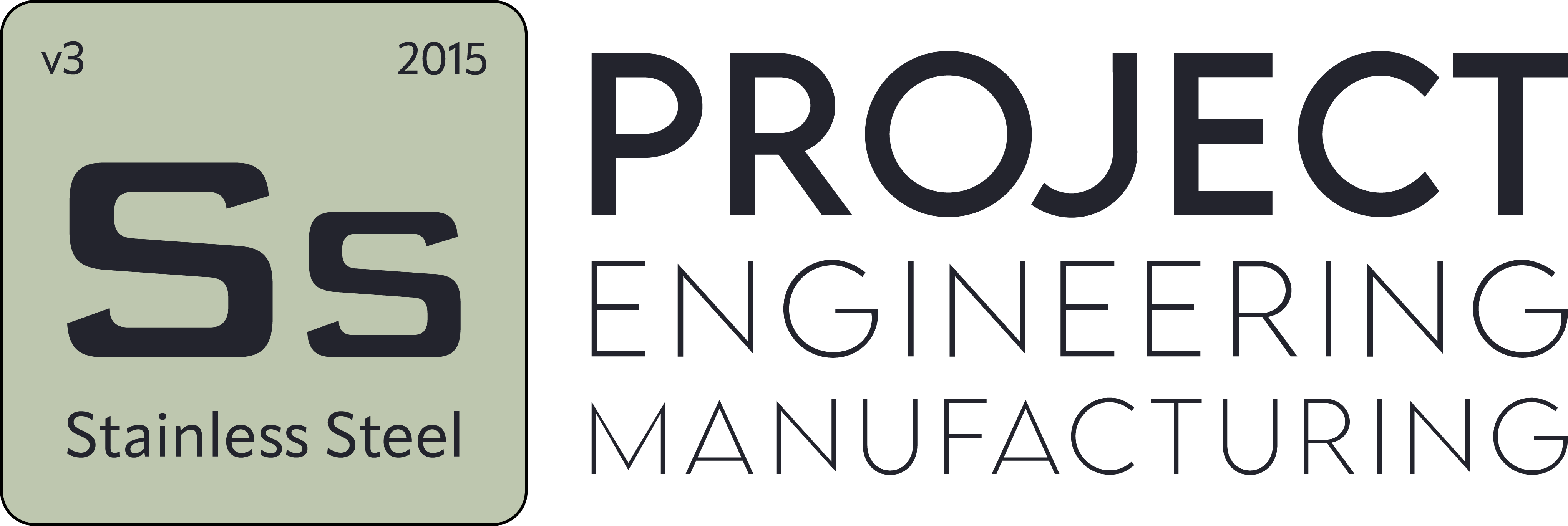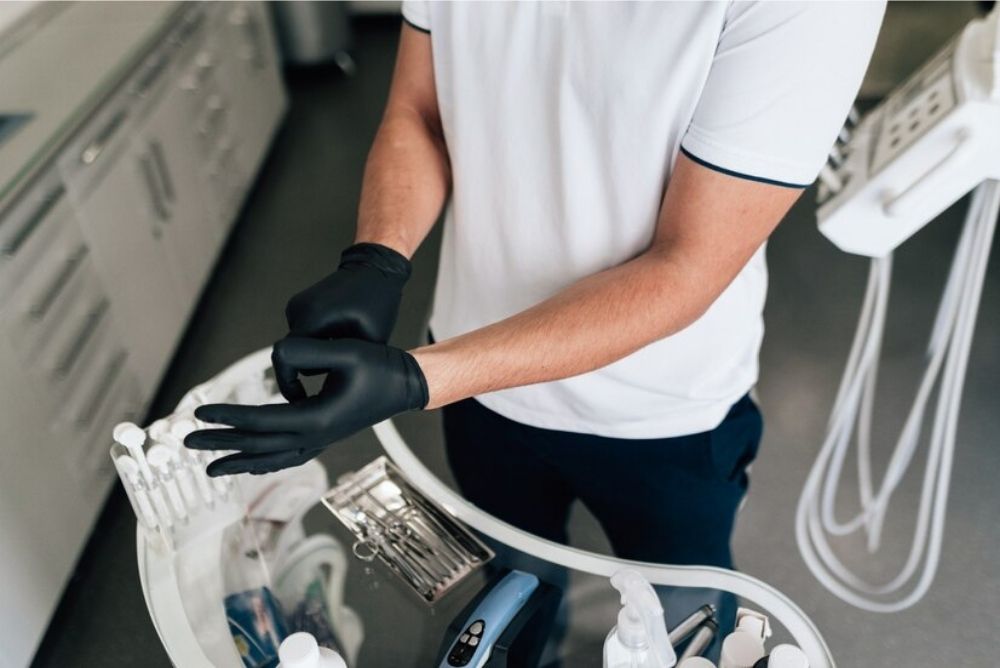PW system cleaning
- Blog
- PW system cleaning
PW system cleaning
Pure Steam System Maintenance: A Comprehensive Guide
Maintaining Pure Steam (PS) systems is essential for industries that require ultra-pure steam for their processes, particularly in pharmaceuticals, biotechnology, and similar fields. Proper maintenance ensures that these systems operate efficiently, comply with regulatory standards, and deliver high-quality steam. This guide provides an in-depth look at the importance of PS system maintenance, key components, maintenance procedures, best practices, and common issues.
Importance of Pure Steam System Maintenance
Maintaining PS systems is crucial for several reasons:
Ensuring Steam Purity
The primary goal of PS systems is to produce steam that meets strict purity standards. Regular maintenance helps remove contaminants, prevent scale buildup, and ensure the steam remains compliant with industry standards. This is essential for applications where steam quality directly impacts product safety and effectiveness.
Preventing System Failures
Scale and microbial contamination can lead to system failures and reduced efficiency. Regular maintenance helps prevent these issues by addressing potential problems before they escalate. This not only enhances system reliability but also extends the lifespan of components.
Compliance with Regulatory Standards
Regulatory bodies like the FDA and EMA require strict adherence to maintenance protocols for PS systems. Regular maintenance and thorough documentation ensure compliance with these regulations, minimizing the risk of audits or penalties and ensuring that the steam produced meets safety and quality standards.
Maintaining System Efficiency
A well-maintained PS system operates more efficiently, reducing energy consumption and maintenance costs. Regular checks and cleaning help maintain optimal pressure, flow rates, and overall system performance, which contributes to lower operational costs and improved productivity.
Key Components of Pure Steam Systems
Understanding the main components of PS systems is vital for effective maintenance:
Steam Generators
Steam generators are responsible for producing pure steam from water. Regular inspection and cleaning of these units are crucial to prevent scale buildup and ensure efficient operation. Proper maintenance helps avoid issues such as reduced steam output or system overheating.
Distribution Piping
Distribution piping carries steam from the generator to various points of use. Maintenance of piping involves checking for leaks, corrosion, and blockages. Regular cleaning and inspection help ensure that the steam remains uncontaminated and the system operates smoothly.
Valves and Pumps
Valves and pumps control the flow and pressure of steam within the system. Routine maintenance includes checking for leaks, proper operation, and any signs of wear or damage. Ensuring these components are in good condition prevents system malfunctions and maintains consistent steam flow.
Filtration Units
Filtration units remove impurities from the water before it is converted into steam. Regular maintenance involves checking and replacing filters to ensure they function correctly and do not compromise steam purity.
Pure Steam System Maintenance Procedures
Effective maintenance procedures ensure the system operates optimally and remains compliant with standards:
Pre-Maintenance Inspection
Before starting maintenance, conduct a thorough inspection of the system. Look for signs of scale buildup, leaks, or other issues. This initial assessment helps identify areas requiring special attention during maintenance and ensures a comprehensive approach.
Cleaning Agents
Choosing the right cleaning agents is critical for effective maintenance. Common cleaning agents include acidic and alkaline solutions designed to remove scale and contaminants. The selection of cleaning agents depends on the type of deposits and the materials used in the system.
Maintenance Process
The maintenance process generally includes the following steps:
- Preparation: Isolate the system and drain any remaining steam or water. Prepare the cleaning solution according to the manufacturer's instructions.
- Application: Circulate the cleaning solution through the system, ensuring it reaches all components, including generators, piping, and filtration units.
- Contact Time: Allow the cleaning solution to remain in contact with surfaces for the recommended duration. This ensures effective removal of deposits and contaminants.
- Rinsing: Thoroughly rinse the system with clean water to remove any residues from the cleaning agents. Proper rinsing is crucial to maintain steam purity.
- Verification: Perform tests to verify that the system is free of contaminants and residues. This ensures the steam produced meets the required purity standards.
Post-Maintenance Inspection
After maintenance, conduct a thorough inspection to ensure the system is free from contaminants and any damage that may have occurred during the process. Address any issues identified during the inspection before returning the system to service.
Best Practices for Pure Steam System Maintenance
Following best practices ensures effective maintenance and optimal system performance:
Developing a Maintenance Schedule
Create a regular maintenance schedule based on system usage, water quality, and regulatory requirements. A well-defined schedule ensures consistent maintenance and helps prevent unexpected issues.
Training Personnel
Ensure that personnel responsible for maintenance are adequately trained. Training should cover maintenance procedures, the use of cleaning agents, and safety protocols. Well-trained staff are better equipped to perform maintenance tasks effectively and safely.
Documenting Maintenance Activities
Maintain detailed records of all maintenance activities. Documentation should include cleaning agents used, contact times, and post-maintenance inspection results. These records are essential for regulatory compliance and future reference.
Monitoring and Verification
Implement monitoring and verification procedures to assess the effectiveness of maintenance activities. Regular testing of steam quality and system performance helps identify issues early and ensures that maintenance procedures are achieving the desired results.
Using Appropriate Equipment
Ensure that maintenance equipment and cleaning agents are compatible with the PS system components. Using appropriate tools and materials helps avoid damage and ensures effective cleaning.
Common Issues and Solutions
Addressing common issues helps maintain system efficiency and reliability:
Scale Buildup and Deposits
High mineral content in feed water can lead to scale buildup. Use appropriate cleaning agents to remove scale and consider additional water treatment methods to reduce mineral content.
Microbial Contamination
Microbial contamination can result from inadequate cleaning or system design flaws. Use antimicrobial cleaning agents and ensure the system design allows for effective cleaning and sterilization.
Residual Cleaning Agents
Residual cleaning agents can affect steam purity. Ensure thorough rinsing and perform verification tests to confirm that no cleaning residues remain in the system.
Equipment Wear and Tear
Regularly inspect and maintain equipment to prevent wear and tear. Replace worn or damaged components to ensure the system continues to operate effectively.
Conclusion
Maintaining Pure Steam systems is crucial for ensuring steam purity, system efficiency, and regulatory compliance. By following effective maintenance procedures, implementing best practices, and addressing common issues, you can ensure your PS system operates at peak performance and meets the highest standards. Regular maintenance not only extends the lifespan of the system but also contributes to overall operational success and product safety.



